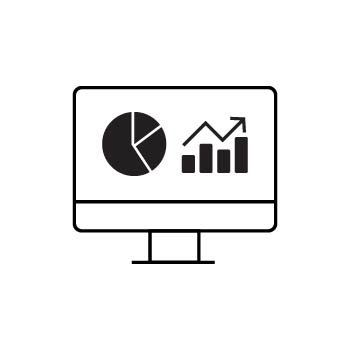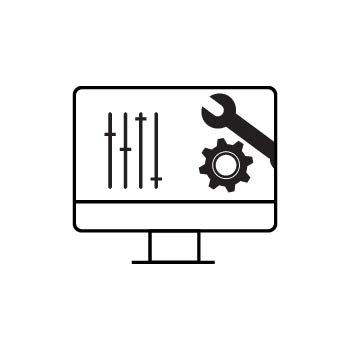Understanding Google Search Console and How to Use It
Google Search Console is a powerful tool that helps you understand how your website appears and performs in Google Search results. Whether you are a photographer, small business owner, or marketer, these insights can help you see what’s working, fix issues, and improve your site’s visibility. This guide will walk you through the most common features that PhotoBiz clients should use.
Please Note: PhotoBiz is not affiliated with Google. Our Support Team can help you verify your site with Google Search Console. For questions about using Google Search Console, please contact Google Support.
Pro Tip
For more in-depth training with Google Search Console, visit Google Search Central.STEP ONE
Understand What Google Search Console Does
Google Search Console provides detailed information on how your site is indexed and displayed in Google Search. It helps you:
- Track keyword performance
- Identify indexing issues
- Monitor click-through rates
- Submit updated sitemaps for faster indexing
- Review Core Web Vitals and page experience metrics
Why Use This: This is your main tool for seeing how Google views your site. It helps you catch problems early, track your visibility, and find ways to get more visitors from search.
STEP TWO
View Your Insights
Google Search Console Insights combines data from Google Search Console and Google Analytics (if connected) into an easy-to-understand dashboard.
What Search Console Insights Shows You:
- Recent performance highlights – Top-viewed pages and traffic trends
- Newly trending content – Pages or posts gaining sudden attention
- Traffic sources – How people are finding your site (search, direct, referrals, social)
- Top search queries – Keywords people typed into Google to reach your content
- Referring sites – Other websites sending visitors your way
- Audience behavior – Time spent on page and engagement patterns
Why Use This: This quick snapshot helps you see what’s working right now so you can promote your most popular content, spot rising trends, and create more of what your audience wants.
STEP THREE
Use the URL Inspection Tool
The URL Inspection tool lets you manually check a page on your site to see if it’s indexed by Google. You can also request indexing if it isn’t already.
Please Note: Requesting indexing does not guarantee that Google will index the page.
Why Use This: If you’ve just published or updated a page, this tool helps you confirm if Google knows about it and gives you a way to request indexing for faster visibility.
STEP FOUR
Review Search Results Data
The Performance Report shows how your website performs in Google Search:
- Total Clicks – How many times users clicked your site in search results
- Total Impressions – How many times your site appeared in search results
- Average CTR (Click-Through Rate) – The percentage of impressions that resulted in clicks
- Average Position – The average ranking of your site for searched keywords
Why Use This: Helps you measure the impact of your SEO efforts. You can spot opportunities where your site ranks well but gets few clicks, then improve your titles and descriptions to attract more visitors.
STEP FIVE
Check Your Queries (Search Keywords)
The Queries tab lists the search terms people used to find your site.
Why Use This: Knowing what people actually search for helps you create content that matches their needs and attracts more visitors. It can also reveal unexpected topics you’re already ranking for.
STEP SIX
Review Pages Performance
The Pages tab shows which pages receive the most impressions and clicks.
Why Use This: By seeing which pages perform best, you can promote them more, update them to keep them relevant, and apply what’s working to other pages.
STEP SEVEN
Monitor Index Coverage
The Index Coverage Report shows which pages Google has indexed and alerts you to errors that prevent indexing. Common issues include:
- Pages blocked by
robots.txt - Pages with crawl errors
- 404 Errors
Why Use This: If Google can’t index your pages, they can’t appear in search results. Fixing coverage issues ensures your content has the best chance of being found.
Learn more: What Is Google Page Indexing Report Telling Me?
STEP EIGHT
Add Your Sitemap & Blog Feed
Every PhotoBiz website includes:
- XML Sitemap – Lists all important pages on your site
- RSS Blog Feed – Lists recent blog posts (if you blog)
You can submit both to Google in the Sitemaps section of Search Console.
Why Use This: Submitting your sitemap helps Google find and index your content faster, ensuring your updates and new posts appear in search results more quickly.



